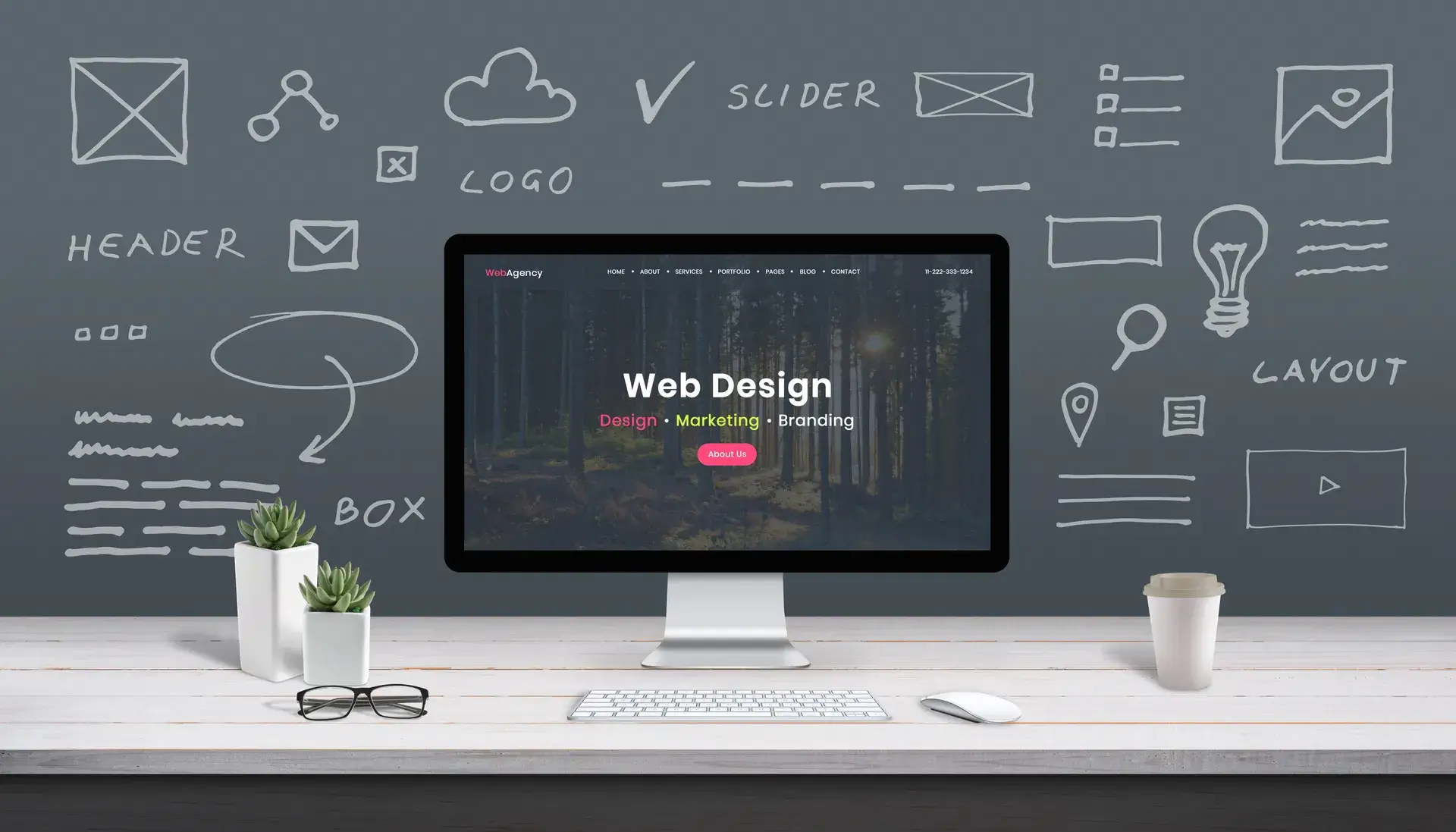In today's digital landscape, the roles of designers and developers are becoming increasingly intertwined. The concept of a designer-developer encapsulates professionals who possess expertise in both the creative aspects of design and the technical skills required for development. This hybrid skill set not only enhances workflow efficiency but also leads to better product outcomes. In this article, we will explore the significance of designer-developers, necessary skills, and the benefits they bring to projects.
What Does a Designer-Developer Do?
A designer-developer is a versatile professional who works at the intersection of design and technology. They not only create visually appealing interfaces but also ensure that these designs are functional and user-friendly by employing coding skills. Key responsibilities include:
- UI/UX Design: Creating intuitive user interfaces that provide seamless experiences.
- Front-End Development: Turning design mockups into functioning code, often using HTML, CSS, and JavaScript.
- Collaboration: Working closely with cross-functional teams, including marketing, product management, and other developers.
Essential Skills of a Designer-Developer
To succeed as a designer-developer, one must master a blend of design principles and coding languages. Some essential skills include:
- Proficiency in Design Software: Familiarity with tools like Adobe XD, Sketch, and Figma is crucial for creating high-fidelity designs.
- Coding Knowledge: Understanding languages like HTML, CSS, and JavaScript enables the translation of designs into functioning websites or applications.
- Responsive Design: The ability to create designs that work well on various devices and screen sizes is critical in today’s mobile-first world.
- Problem-Solving Skills: Strong analytical skills help designers and developers tackle challenges effectively throughout the project lifecycle.
Benefits of Hiring a Designer-Developer
Integrating a designer-developer into your team can lead to numerous advantages:
- Improved Communication: Reduced friction between design and development teams fosters a smoother project workflow.
- Enhanced Efficiency: A designer-developer can iterate more quickly, enabling faster project completion and updates.
- Holistic Vision: They understand both the technical and aesthetic aspects of a project, providing a balanced perspective and fewer inconsistencies.
Conclusion
The role of the designer-developer is pivotal in creating successful digital products. By merging design and development skills, these professionals offer unique insights and efficiency that enhance project outcomes. If you’re considering enhancing your team with a versatile designer-developer, reach out to us at Prebo Digital for expert guidance and solutions tailored to your needs!














